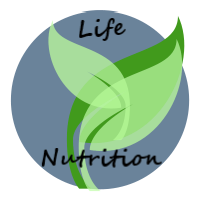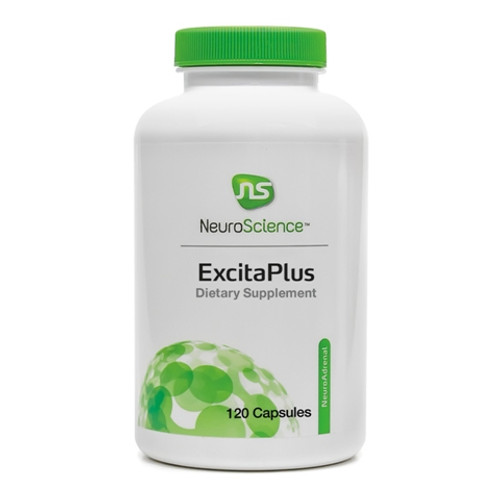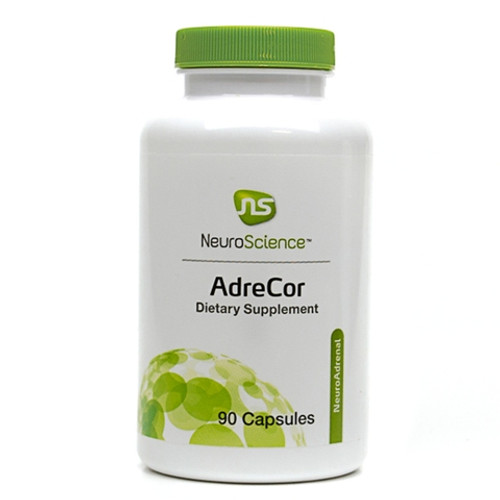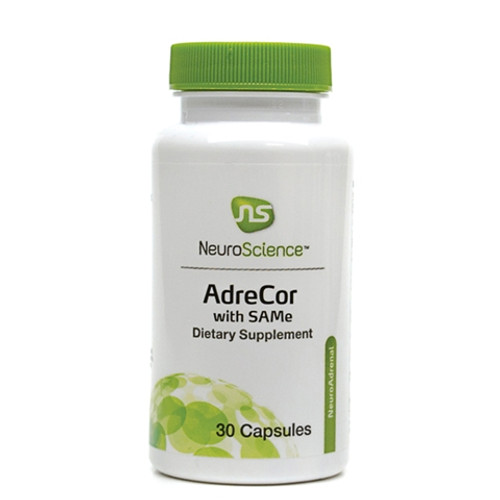Contains ingredients important for craving reduction, satiety, and breakdown of fat stores*
Key ingredients
N-acetyl-L-cysteine: Precursor to L-cysteine (1). L-cysteine is required for the synthesis of glutathione, an endogenous antioxidant important for mediating oxidative stress (2).
L-phenylalanine: Amino acid that stimulates the release of cholecystokinin (3).* Cholecystokinin is a hormone that promotes satiety (3).
Green tea (Camellia sinensis) leaf extract (65% EGCG): Epigallocatechin gallate (EGCG) is a polyphenol in green tea that is thought to increase energy expenditure and fat oxidation (4).* EGCG increases gene expression of lipolytic enzymes (4).*
5-HTP (from Griffonia simplicifolia seed extract): 5-hydroxytryptophan (5-HTP) crosses the blood-brain barrier and is a precursor to serotonin and melatonin (5).*
Mucuna cochinchinensis seed extract (standardized to 99% L-DOPA): Natural source of L-DOPA (6).* L-DOPA crosses the blood-brain barrier and the direct precursor to dopamine (7).*
Coleus forskohlii root extract (38% forskolin): Stimulates production of cyclic adenosine monophosphate (cAMP) (8).* cAMP is important for the activation of hormone-sensitive lipase, an enzyme that breaks down fat stores (9).*
Huperzia Serrata aerial parts (standardized to 1% Huperzine A): Huperzine A slows the breakdown of acetylcholine by inhibiting acetylcholinesterase (AChE) (10).* Acetylcholine is important for satiety and balancing dopaminergic signaling in the reward pathway (11).
References
- Rushworth G and Megson I. Pharmacol Ther. 2014;141(2):150-9.
- Schmitt B, et al. Redox Biol. 2015;6:198-205.
- Wang Y, et al. Am J Physiol Gastrointest Liver Physiol. 2011;300(4):G528-37.
- Lee M, et al. Phytother Res. 2009;23(8):1088-91.
- Shaw K, et al. Cochrane Database Syst Rev. 2002;(1): CD003198.
- Tuleun C, et al. Livestock Research for Rural Development. 2008;20(10).
- Pardridge W. NeuroRx. 2005:2(1):3-14.
- Jeukendrup A and Randell R. Obes Rev. 2011;12(10):841-51.
- Godard M, et al. Obes Res. 2005;13(8):1335-43.
- Tun M and Herzon S. J Exp Pharmacol. 2012;4:113-23.
- Hoebel B, et al. Curr Opin Pharmacol. 2007;7(6):617-27.












